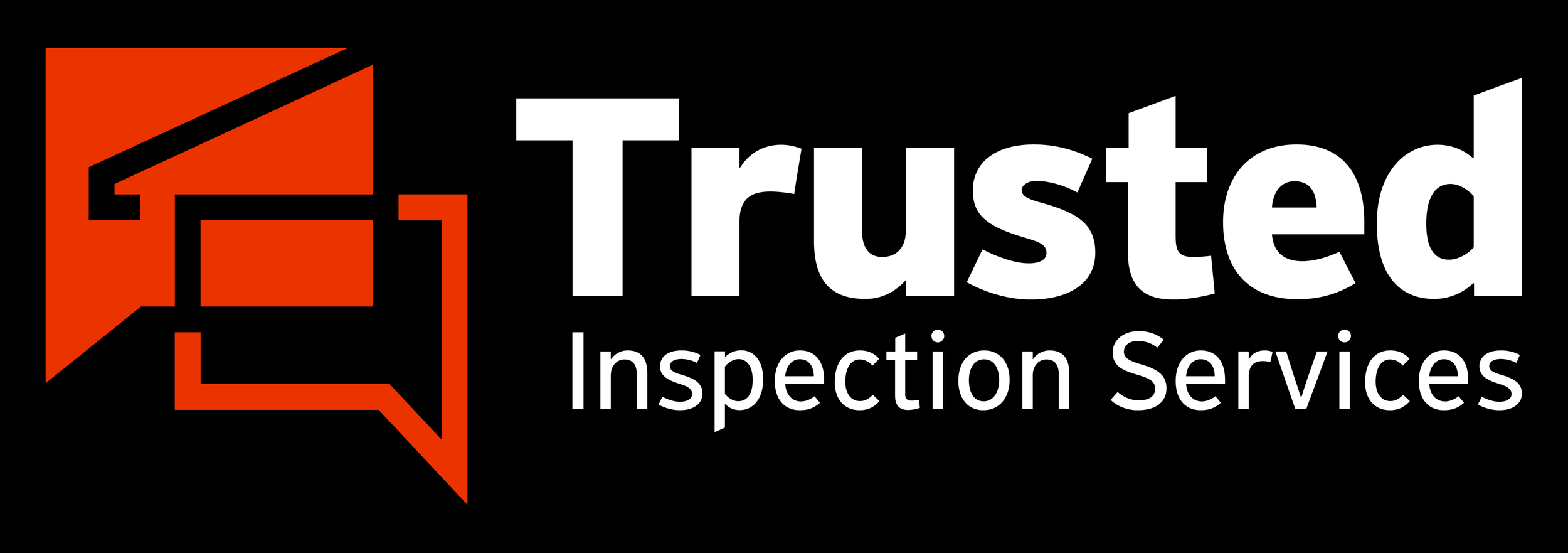Shutoffs and Peace of Mind
Why know about shutoffs?
The answer is because knowing about shutoffs and their locations keeps your family safe, helps protect your home, and gives you peace of mind, in case there is an emergency or need for maintenance.
What are shutoffs?
Shutoffs are the main method for completely stopping a system from functioning in a home, to all parts of the home. Shutoffs pertain to electricity, fuel, and water. The aim is to stop electricity, fuel, or water from continuing to flow or be used by outlets, fixtures, and appliances.
Shutoffs are used to maintain a home, like when new work is needed. People add switches, outlets, fixtures, upgrade water heaters and heating systems, expand kitchens, add bathrooms, and many other things. So, knowing how to shutoff a system before he work starts is important.
As home inspectors in the Hudson Valley, we see many shutoff varieties. For electricity in modern homes we see circuit breakers or main “throw” shutoffs. For fuel we see shutoffs for oil/kerosene, natural gas, and propane / LP. For water we see shutoffs for well systems or municipal water supply. Each is covered in turn below. Click on any of the images to enlarge them.
Electrical Shutoffs
Electrical shutoffs are the primary mode for turning power off to most or part of a home. These can be called “disconnect” or “load break” switches. In modern homes these are typically found in or near breaker panels, and in the Hudson Valley these are typically inside the basement or garage, but sometimes outside next to the electrical meter.
Breakers interrupt the flow of electricity if there is a short or problem in the circuit. So, circuit breakers automatically “shutoff” power to a home. If appliances call for too much juice, then you may find yourself going down to the panel to reset a circuit breaker, which is a “shutoff” to just that portion of the home. There is also a main circuit breaker that turns power off to all parts of the home, and to all breakers. Several examples of main shutoffs are presented in these pictures.
Fuel Shutoffs
In the Hudson Valley, there are three general forms of fuel to heat homes. Fuel oil / kerosene, natural gas, or propane. Probably the most common are fuel oil or kerosene. If you live in a city or bigger town you could have natural gas supplied from the street. Many homes can use propane tanks, typically seen in inconspicuous spot behind the home. Again, most often homeowners may not need to do anything at all with fuel shutoffs, but it is certainly important to know where they are in case of emergency! Several examples of fuel shutoffs are seen here.
Special notes: Some homes are heated with electric, which is supplied by local energy companies and / or solar. These are controlled by electrical shutoffs (read above). Also, solid fuel heating in fireplaces, stoves, and pellet stoves don’t have shutoffs, per se.
Water Shutoffs
We primarily see two types of main water shutoffs. The first is for private wells. These shutoffs are typically found connected just near or in front of the well pressure tank. Pictured here it is the ball valve with a yellow straight handle. The second kind of shutoff we see is for municipal / city water systems. These main shutoffs are near the water meter. Pictured here it is the blue gate valve at the bottom of the water line.














